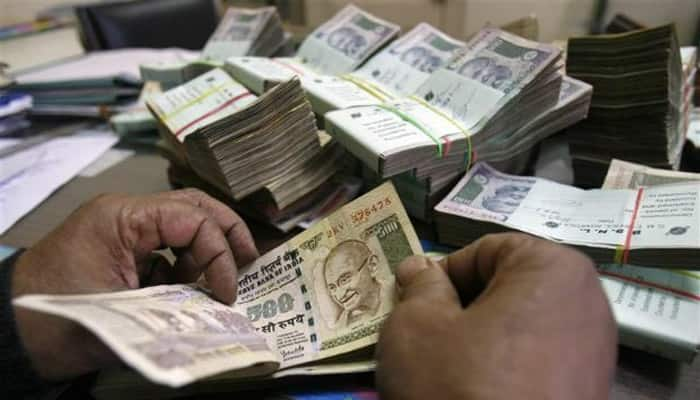Zee Media Bureau
New Delhi: Even as the government and the Opposition are locked in hot debate in the Parliament over the passing of the Goods and Service Tax (GST) Bill, the Finance Ministry Committee has listed several risk factors involved in the implementation of the bill.
Some of the risks include revenu shortfall, re-emergence of trust deficit between the Centre and the states, to name a few.
As per reports, the Committee headed Chief Economic Advisor Arvind Subramanian has suggested a low revenue neutral rate (RNR) of 15 percent which could translate into bulk of the goods being taxed at 17-18 percent, with a low rate of 12 percent on merit goods and high rate of 40 percent on demerit or sin goods.
The risks listed by the Committee are:
- Low RNR will lead to the re-emergence of a trust deficit between the Centre and the States as happened in relation to compensation for lost CST revenues after the global financial crisis
- The revenue shortfall could result in a "double whammy" for Centre as it would also affect the fiscal deficit and might delay compensation to the states, resulting in "trust deficit".
- The revenue shortfall could be overcome by raising taxes on non-GST products like petroleum, alcohol and tobacco.
- The Centre may also relax the deficit targets, "a moderately higher fiscal deficit due to a low GST will benefit consumers, especially poorer ones".
- Given the "unavoidable teething troubles" that will afflict GST implementation, it would be advisable to keep rates lower lest it should increase "taxpayer displeasure, reduce compliance and increase disaffection."
- "On balance, lower rates will facilitate compliance. The econometric analysis suggests that a one percentage point reduction in the standard rate will lead to an improvement in administrative efficiency (and compliance) of one percentage point which in the GST setting would translate into an efficiency gain of about 15 percent," the report said.
- A lower rate will be seen as more politically acceptable and will help taxpayer compliance.
- As regards the price consequences of Goods and Services Tax (GST), the report said it would be "small" especially under a dual rate structure with essential food items exempted.
- It also added that revenue neutrality may not be enough to guarantee that there will be no price impact across all categories of goods and services.
With PTI Inputs
















